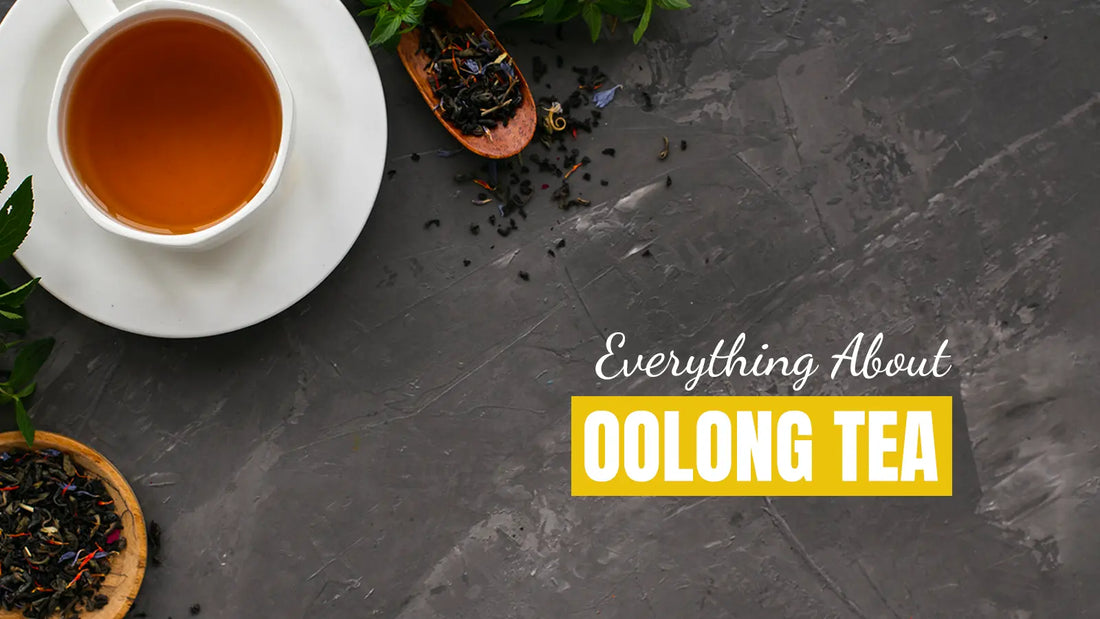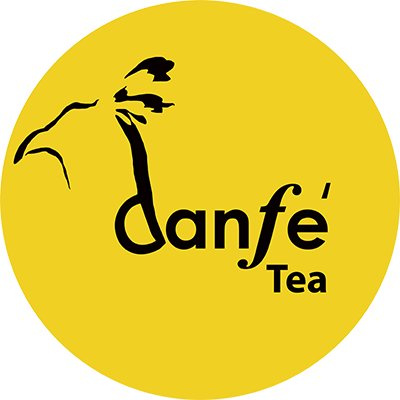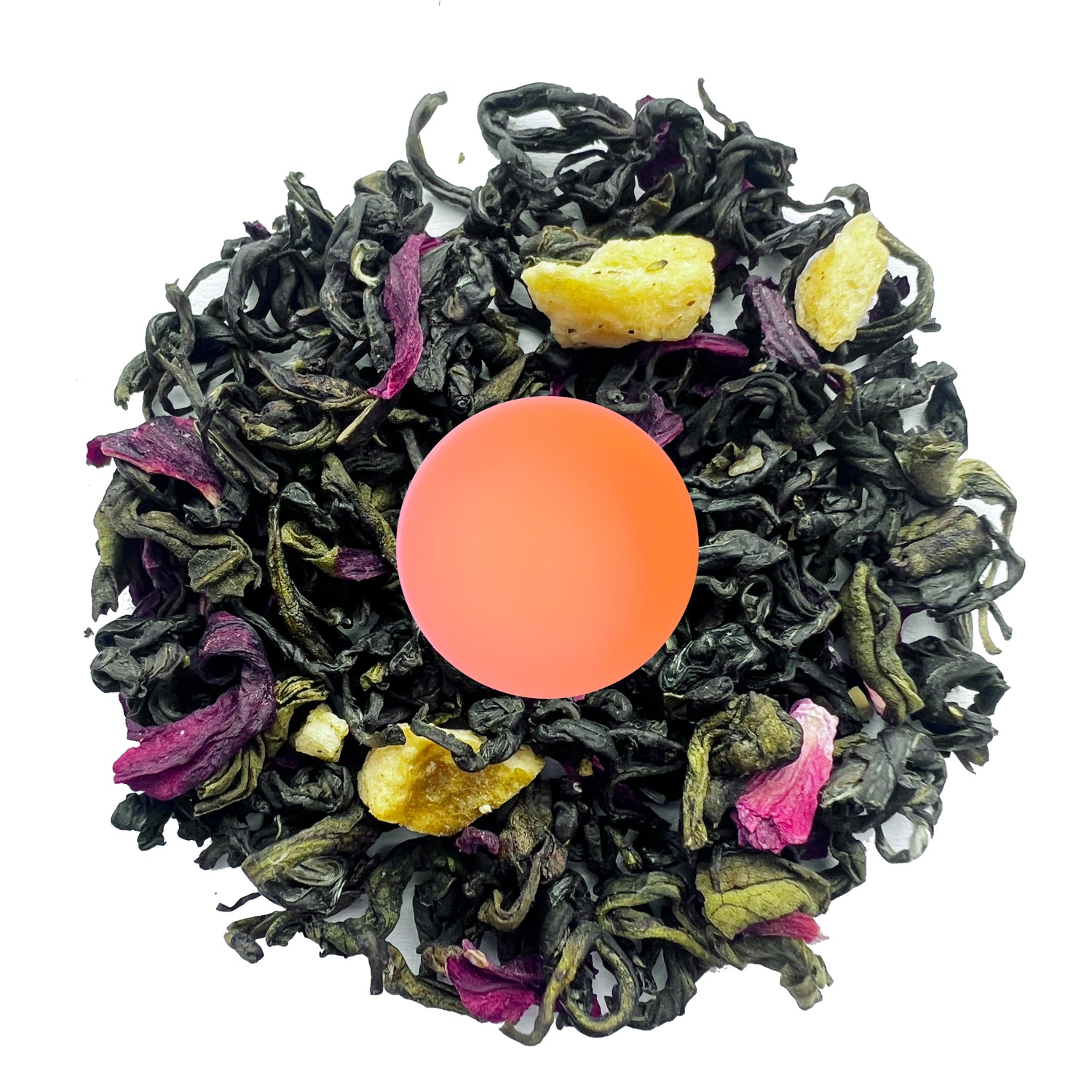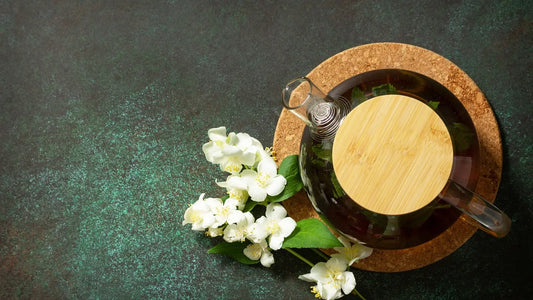Oolong Teas: Everything You Need to Know

Did you know that Oolong tea can have over 1,000 different flavor profiles, depending on how it’s processed?
This fascinating characteristic has contributed to its rising popularity among tea enthusiasts around the world.
Our comprehensive article will walk you through everything about Oolong tea, including its rich history, different types, health advantages, and the best ways to brew it.
What is Oolong Tea?
Oolong tea is produced from the Camellia Sinensis and processed by partially oxidizing (10%-80%). That’s why in case of oxidation, oolong teas are generally believed to lie in between green tea and black tea.
Normally, Oolong tea has a unique blended taste profile of both green tea and black tea 一 freshness and robustness. You will get a very smooth and velvety mouthfeel, with a hint of roasted flavor. But, remember, the tea type could influence the taste and range from nutty to sweet.
History of Oolong Tea
Oolong tea, also popular as “Black Dragon” originated in China during the Song Dynasty period. Wūlóng in Chinese refers to long, curly, and dark tea.
Renowned for its partially oxidizing process, oolong tea quickly spread to Taiwan, making it one of the largest producers. Nonetheless, now, this tea is appreciated worldwide for its vibrant flavors.
Types of Oolong Tea
Phoenix Oolong
Phoenix Oolong, produced in the Phoenix mountains of China is popular for its single bush production. Since the tea is grown at a high altitude, it offers a fruity and floral taste profile with a touch of honey and spices.
Phoenix teas are categorized into different names after their distinct fragrance. For Instance, Honey Orchid Fragrance oolong tea is named Mi Lan Xiang.
Tie Guan Yin
The word Tie Guan Yin refers to the Iron Goddess of Mercy in English. This prestigious Chinese oolong tea is grown in the Anxi region and is highly oxidized. It has a very captivating orchid-like floral aroma.
Generally, Tie Guan Yin offers a very creamy and buttery texture with a floral and sweet taste. But, the roasted ones have a deeper toasty, and nutty taste.
Da Hong Pao
The word Da Hong Pao means Big Red Robe in English. This name originated when the tea cured the Ming dynasty’s mother and she sent the giant red robes to clothe the tea bushes.
Da Hong Pao falls in one of the rarest and most expensive teas. The taste profile of this oolong tea is slightly smoky with a touch of dark chocolate. You’ll get a deep roasty and slightly nutty flavor.
Wuyi Oolong
Since the tea is produced in the Wuyi mountains, it is named Wuyi oolong tea. What makes this tea stand out is that it is roasted over charcoal or wood fires. You will get a very rich aroma of slightly floral, roasted nuts, dark chocolate, and dried fruits.

Nutritional Information of Oolong Tea
FDA has published that 100 grams of oolong tea yields the following nutritional content.
Caffeine: 16 mg
Calories: 1-2 calories
Theobromine: 2 mg
Carbohydrate, by difference: 0.15 mg
Sugar: 0 mg
Iron, Fe: 0.049 mg
Sodium, Na: 3 mg
Fat: 0 g
Cholesterol: 0 mg

How to brew oolong tea?
Oolong tea is usually brewed by just using warm water. However, it is recommended to not use boiled water(100 degrees Celsius) as it could burn the leaves and release bitterness.
To make your oolong tea taste better, you may want to consider the tea-to-water ratio, serving size, water temperature, picking quality tea leaves, etc.
Tools and Ingredients
- 1 Kettle
- 1 teacup
- 1 Bowl
- 1 Sieve or strainer
- Teapot or Gaiwan (Chinese lidded bowl)
- 1-2 teaspoons of high-quality loose-leaf oolong tea
Instructions
- Boil the water and let it rest for 3-4 minutes. The suitable Oolong tea water temperature should be around 190 to 200 degrees Fahrenheit.
- Now, take a bowl and rinse the oolong tea leaves with warm water. It’ll give a fresh aroma.
- Put those rinsed tea leaves into the teapot or Gaiwan.
- Pour the hot water into the leaves and steep the tea for around 2-3 minutes. (Set your steep time)
- Place a sieve or strainer in your teacup. Finally, pour the brewed oolong tea and savor it.
For the most fine quality experience, you may explore these best oolong tea brands.
Four Seasons oolong tea, Ginseng oolong tea, Phoenix oolong tea, Danfe tea, Tung Ting oolong tea, Alishan oolong tea, Formosa oolong tea, Jade oolong tea, Prince of Peace oolong tea, roast, Oolong milk tea, Suntory oolong tea, Twinings oolong tea.
Oolong Tea Flavors
If you’d like to immerse yourself in the diverse flavors of Oolong tea, you could check out the exciting flavors. These teas are made by blending oolong tea with several dried flowers and fruits.
- Roasted oolong tea
- White peach oolong tea
- Rose oolong tea
- Decaffeinated oolong tea
- Coconut oolong tea

Benefits of Oolong Tea
As Oolong tea is abundant in nutrition, it could provide you with a wide range of health benefits from weight loss to lowering diabetes risk. Let’s check them out below.
Supports Weight Loss
Polysaccharides and polyphenols properties in Oolong tea might support weight loss. A study found that these combinations have the potential capability of decreasing serum triglyceride levels and aiding fatty acid absorption, contributing to weight management.
Might Lower the Risk of Heart Disease
Infused Oolong tea is rich in monomeric polyphenols and polymeric substances. So, drinking this tea might help minimize the risk of heart disease. It could also help to lower bad cholesterol levels.
Risk of Minimizes Diabetes
Research in Diabetes Care discovered that drinking Oolong tea noticeably reduced the plasma glucose level of people diagnosed with type 2 diabetes. So, it might promote insulin sensitivity and minimize diabetes risk.
Promote Healthy Skin
Oolong tea’s antioxidant properties could support promoting skin health. According to the findings of the Archives of Dermatological Research, polyphenols minimized eczema symptoms, improving the skin condition. It could also reduce inflammations and protect from skin cell damage.
Oolong vs Green Tea for Weight Loss
Even though both teas support boosting metabolism, oolong tea could be an ideal choice for weight loss. It’s because Oolong tea is partially oxidized and may enhance fat oxidation more, supporting weight management.
Oolong tea vs Pu-Erh tea
Oolong tea is partially oxidized, whereas Pu-erh tea is fully fermented, affecting both flavor and health benefits.

Oolong Teas FAQs
What is oolong milk tea?
Oolong milk tea is a drink brewed by adding milk and sweeteners to loose-leaf tea. Its flavor profile is very creamy and rich with the bold taste of oolong tea. Oolong milk tea is common in bubble tea recipes.
Is oolong tea black tea or green tea?
Well, the Oolong tea is neither of them. This tea, also produced from Camellia Sinensis, has a unique flavor profile, processing, and characteristics.
What is the best oolong tea to lose weight?
Tie Guan Yin and Wuyi Rock are known to be rich in metabolism-boosting properties. So, it could be the two best oolong teas for weight loss.
Does oolong tea have more caffeine than black tea?
No, in terms of caffeine content, oolong tea has less amount than black tea. In a cup of 8-ounce serving, oolong tea contains 10-60 mg whereas black tea has 30-60 mg.
Does oolong tea taste like black tea?
As Oolong tea is half oxidized, it may have a hint of robustness in the flavor profile. But, in general, this tea has its own unique flavor ranging from floral and sweet to roasted.
What's the difference between oolong and black tea?
The main difference between oolong and black tea is how it is processed. While black teas are fully oxidized, the oolong tea undergoes oxidation only to some extent. Besides, there’s also variation in the caffeine content, types, and flavor profile.
Is oolong tea black tea?
Due to the slight oxidation, oolong tea leaves are kind of gray or dark colored. But, no, Oolong tea is not black tea.
How to make oolong milk tea?
Oolong milk tea is easy to prepare. Firstly, steep your loose-leaf oolong tea in hot water. Then, add hot milk and sweeteners as preferred.
Is oolong tea decaffeinated?
Well, since oolong teas are also from the Camellia Sinensis plant group, it is naturally caffeinated. But, you may also find the decaffeinated versions. Although, it does not guarantee that the caffeine level is zero.

Conclusion
Oolong tea, unique on its own, offers a delightful taste bridging the gap between green tea and black tea flavor. We encourage you to try our utterly delicious exclusive Nepal Oolong tea from Danfe tea, made in the mid-eastern Himalayas. Savor the rich taste of lychee and pear flavor in this tea, giving you a hint of viscous and syrupy texture.








